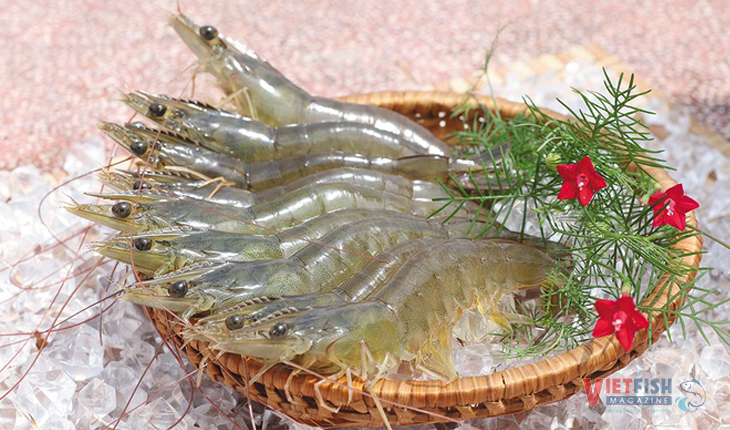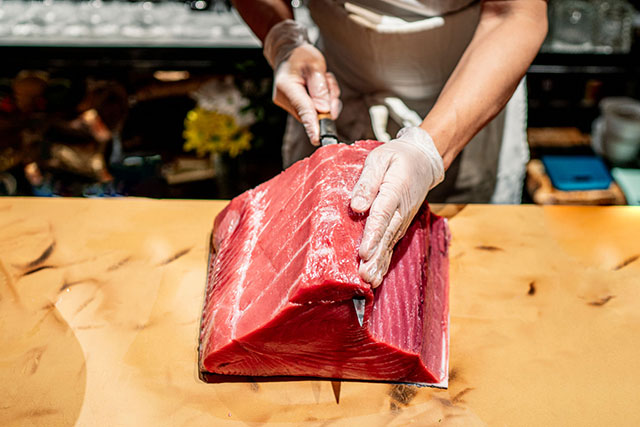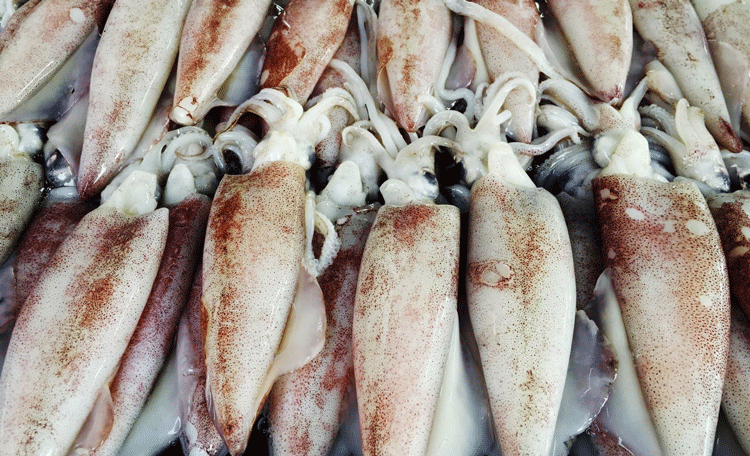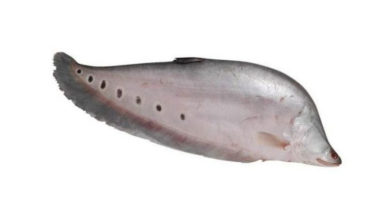Shrimp farmers enjoy a rebound in prices at the year’s end
In southern provinces of Bac Lieu, Ca Mau, and Soc Trang, shrimp material prices have recovered significantly. This positive trend offers hope to farmers after a challenging period. As prices continue to rise, farmers are optimistic about a prosperous year-end harvest and a joyful Lunar New Year holiday.
The price of raw whiteleg shrimp has reportedly increased significantly. Shrimp sized at 20 counts per kilogram are now priced at 195,000 VND/kg, 40 counts per kilogram at 144,000 VND/kg, and 100 counts per kilogram at 95,000 VND/kg. These prices reflect a 6,000–8,000 VND/kg increase compared to last month, signaling a positive shift after a prolonged period of steep declines that challenged shrimp farmers.
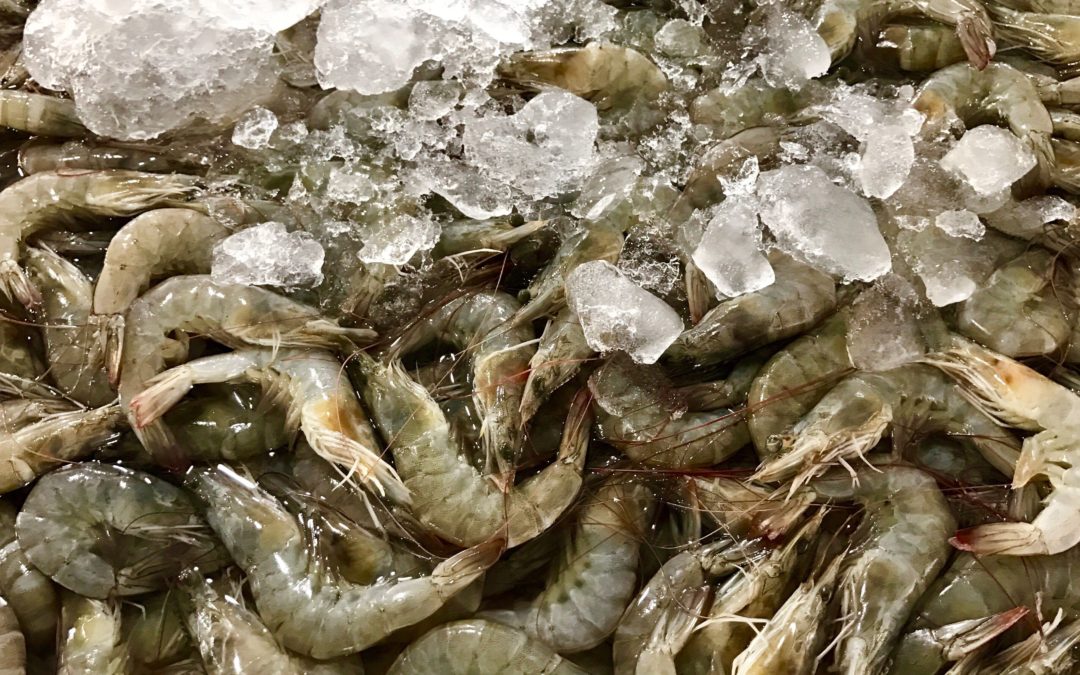
The end of the year is a peak period for the seafood market due to a significant increase in import demand from major markets such as the United States, Japan, the EU, China, and South Korea, driven by the need to supply seafood for the Christmas and New Year holidays.
In early October 2024, many seafood companies signed large export contracts, stabilizing output prices. However, due to growing concerns over risks, many households have suspended or limited their aquaculture activities. As a result, some shrimp farmers have been forced to sell smaller shrimp to minimize losses, leading to a decrease in supply and a rise in shrimp prices.
With positive signals from both the export and domestic markets, many farmers hope that shrimp prices will continue to rise and stabilize until the end of the year. If prices remain high, they could cover their costs and even achieve good profits, preparing for a prosperous Tet holiday.
However, to achieve sustainable success, farmers need support from the government and businesses in providing high-quality shrimp seed, stabilizing feed prices, and offering scientific and technical solutions to mitigate risks.
The rise in shrimp prices brings great joy to farmers and presents an opportunity for the Vietnamese shrimp industry to enhance its production processes, enabling it to better manage future market fluctuations.
VFM



